Written by Karen Richards
The shower water is too hot, but I dare not turn it down because after two minutes it will become cold. As predicted, within a minute, the hot water has vanished, but I have to suffer in the cold until my conditioner is washed down the drain. Once the torturously icy shower is over, with my body wrapped in a towel, I walk two steps into my living room/bedroom and sit on my bed. My head hurts, my body hurts, everything hurts… I am not a stranger to any of the awful things happening in my body and I pray that tomorrow will be better. I shake my arms hoping the shooting pains going down them will cease, but they are difficult to even move. I do what I normally do, I ignore it and so I can sleep I take some pain medication, drifting away into oblivion.
I was in Madrid, Spain; hundreds of miles away from anyone who could begin to tell me what was wrong. At this point, I had missed about 50% of my classes. I slept for the majority of my days, and I experienced so much pain. I felt like the excuse “I had another migraine” was getting old for my teachers and even though it was the truth I was worried that they wouldn’t believe someone could have so many migraines. The previous semester, I needed a shunt revision and that had helped with my headaches, but as the high intracranial pressure began to disappear from my life, a new monster came out from under my bed. I cursed my body for failing me over and over again and wished for just one “normal” day.

The concern should have started a lot earlier than it did. I finally went to the hospital when I began to have severe pressure at the base of my skull that made me feel like I was six years old again, hanging upside down on the monkey bars. All the blood unable to leave my head made me feel like there must have been something seriously wrong. I was worried because of the multiple intravenous stents in my Jugular veins. I thought that there must be a clot in one of them and that was why it was hurting so severely. A problem with my stent would not only explain the migraines, but would also explain the horrible memory issues, cognitive deficits, and debilitating fatigue I had been experiencing every day. After a long day in two different emergency rooms, they sent me home with the consensus that I did not have a clot in my stents. I was thankful I didn’t have a clot, but I was confused as to what was going on with me. They told me I was fine, but they had just looked at the stents, nothing else. After the whole fiasco, my symptoms only worsened… At the time I didn’t think about my arms not working, the nerve pain which felt like electric shocks shooting down my arm, my leg weakness, my recurring UTI infections caused by a neurogenic bladder (apparently with no cause), or my dizziness. I attributed all these things to my having a chronic illness that affected my joints and nerves.
Mainly I thought I was fine because doctors told me I was. Many doctors (in the United States and in Spain) overlooked everything I said and made me feel like a crazy person. They didn’t look at the whole picture. Yeah, they checked my stents, but they didn’t look at my previous fusion or anything else. The one doctor who did think my fusion could be the problem didn’t speak a word of English and I had gone to the appointment alone so I had nobody to translate. I left that appointment confused as to why I had just gotten trigger point injections in my muscles and occipital nerve blocks. I remember thinking “they said nothing is wrong, you’re just being a baby,” and “Karen, you’re just crazy.” Things like this filled my head, but little did I know each day I was moving closer to death. I told myself I was crazy over and over again. I told myself that there was no reason for all the weakness and nerve pain, just me being lazy and normal nerve pain from my dislocated shoulders.
As the pain and the fatigue overtook me I started having other strange problems. I was choking constantly on my food and medications, my voice seemed to get quieter every day, recurring UTI infections for seemingly no reason, I was having to take my migraine medications as often as I could without giving myself rebound headaches and when that didn’t help (which was a majority of the time) I had to take pain medications that made me sleep and unable to function. The list of medical issues that was going on is endless.
I felt that I was caught between a rock and a hard place. Here I was, doubting that I should even be attending university because every day was a marathon and getting to just one class was the finish line. The difficulty I had was that there was more after the finish line: papers, tests, quizzes, assignments, readings, etc… School felt like it was becoming more and more impossible and my attendance rate dropped down to 40%. All of this started in January. My mom came in February and took me to a spinal specialist in Barcelona. The spinal specialist told me that my scans from 2015 showed evidence of craniocervical instability and that based on these scans, I would probably need another fusion soon. I asked him if we could do further testing, but he told me that I must not need surgery because I could walk and could live by myself and somewhat attend school.

I left the office feeling angry, but there was nothing that I could do about him not wanting to do the testing. I was now convinced that my neck was the problem, but due to fear I didn’t express the extent of my suffering to him that day. A few days after the appointment, my mom returned to Boston. I was again alone feeling nothing other than frustration with my body. Time passed and my health deteriorated. Only a few weeks after seeing the specialist in Barcelona, my neck began to spasm more and more and my headaches began to intensify; my attendance dropped to about 30%. I frantically sent emails to the specialists office and got a prescription for a neck brace. The world continued to spin around and as I fell behind everything else moved forward. I was frantic about school and all of my missing work. I was on disability and I had accommodations with my school, but I still had anxiety about what my professors would think of me.
I was in the middle of one of the most frustrating situations I have ever faced. I felt so sick every day, but they told me nothing was wrong. The truth is, we had no idea what was going on with my health and although I was convinced it was my neck, I still hadn’t heard back from the office in Barcelona about scheduling testing and an appointment there. I tried my best to continue on with my life and although I was sick, I was so happy. I was in a foreign country with a beautiful culture that I love so much. I had an amazing boyfriend who helped me with everything. I lived in Sol, which is the center of Madrid. I loved all my classes (even though I could barely attend them). I had amazing friends who were always there for me whenever I needed them. I had a family that loved me, taught me Spanish, and accepted me as if I was their own daughter. I didn’t listen to my body because I didn’t want anything to get in the way of this happiness. I had built my own life in Spain, I did this despite the many doctors who told me I would never be able to be independent. I was so proud of myself.
The inevitable finally happened; I fell apart and I lost it all. I hadn’t been able to go to school for two weeks. One week was our vacation week and the next week I slept from 4PM-10PM every day and hadn’t made it to class at all. I remember it so clearly… It was a beautiful day, which I spent it in bed until I heard a knock on my door. I jumped up with excitement and ran up the stairs. I opened the door and practically shrieked with joy, “hey baby!” I wrapped my arms around him and looked up; in that moment something went very wrong. Suddenly, I couldn’t stand without his help, I could barely get down the stairs, my arms went numb, my head felt horrible, but most of all my neck felt horrible. I immediately crawled into my bed and folded myself into a fetal position; I was in so much pain I couldn’t think. I picked up my phone and sent an email to my doctor in Barcelona telling them what had happened; they responded right away with an appointment time.
Barely able to walk, I got on a train to Barcelona alone. I couldn’t sit on the train, but thankfully by this point I was fluent enough in Spanish to explain to the ticket man what had happened and that I needed two seats so I could lie down. I was too dizzy to sleep on the train and the three hour trip felt like a three year expedition.
From the train station, I went to go pick up my dad at the airport; when I saw him I was so relieved. The next day I went to the hospital and got the testing and the results were not good. They showed that I had severe instability in my neck and my previous fusion. I had no other testing besides the Fluoroscopy (a type of X-ray) and from that it was clear I needed a second fusion. The plan was to fuse me from the bottom of my first posterior fusion, which didn’t seem to have movement to the bottom of my neck at T1. That was the plan, but it was also before we got the price estimate. The price of the surgery was going to be 71,500€ ($80,464.34) and my family does not and never will have that kind of money.

Not even two weeks later I was getting on a plane. I looked out the window and as the plane sped up tears fell down my face; they stung like acid would. The nose of the plane lifted into the sky and Spain was left behind. That day I lost everything that I had built. When I arrived in Boston I lost my boyfriend along with his family, I lost my apartment, I didn’t get a chance to finish my classes and had to take incomplete grades, I noticed when meeting new people they extended their hands instead of giving me a hug and a kiss on the cheek, my new skill of speaking Spanish was absolutely useless and it took me forever to convert back to only thinking in English, but worst of all I lost my independence.
A week later I was in a cold doctor’s office in Maryland to see a specialist of spinal problems that occur in people with my disease. He did a lot of testing and what he found was that I was knocking on heaven’s door. The tests showed a lot of things. Firstly they showed that my swallowing reflex was “that of a 90 year old”. Secondly they found that the screw located at C2 had cracked and broken while the other one had moved out of place. They were both migrating into my esophagus. Thirdly I had ruptured discs and severe instability. Fourthly, my previous fusion had failed and the vertebrae along with the hardware were moving. The conclusion was that I needed surgery or I was going to die very soon. The surgery I needed was not an easy surgery and one of the most complicated surgeries that my surgeon has ever done. There were multiple steps to the surgery.
First, they had to take out the broken hardware at C2 (the first vertebra you can feel when you touch your neck) along with the rest of the hardware from the failed fusion, which stretched down to C5 (my fifth vertebra). Normally this wouldn’t be extremely difficult, but my screws were anteriorly placed meaning he had to move my compromised airway out of the way, which was going to cause an enormous amount of swelling. Second, they had to fuse me anteriorly at C5-C6 because the amount of movement there was too much to hold up with only a posterior fusion. After they did that in the front of my neck, they were going to flip me over, remove the hardware I had in my skull stretching to my second vertebra because there was too much movement between my second and third vertebra for a connector to hold. After removing the hardware they were going to place new hardware stretching from my skull to the bottom of my neck. Lastly, because my T1 had minor instability (that didn’t require fusion) they attached an extra ligament between the bottom part of the fusion and my T1 (the top of the mid-back). My heart stopped when he explained the surgery and what was going on with my body. I feared for my life understanding that there was a possibility I may not wake up one morning. I waited three weeks for the surgery and they were the worst three weeks of my life. I felt that I had nothing to live for and on the second week I had a nervous breakdown. All I wanted was to give up. I was only alive because of my neck brace, my 24 medications, and bed rest. I was probably going to die anyways and because I had lost everything I felt that I had nothing to live for. Thankfully, my mom convinced me to wear my neck brace and to take my medications.
The surgery took the two hands of Dr. Henderson and his partner Dr. Rosenbaum. There were five hours of cutting time and seven hours in total. They found that my spinal cord was compressed and after testing the function of my brain stem, the electrical impulses were not normal meaning my brainstem was also compromised. When my doctor came out and spoke to my mother, he told her if I had slept wrong, with the condition that my neck had been in I wouldn’t have woken up.
All of that was over now and things could only get better. I was kept in a medically induced coma for two days after the surgery due to swelling in my airway. When they woke me up with the tube in my lungs I remember seeing so many people in the room. I didn’t know it then, but a trauma surgeon, criticalist, a respiratory therapist, and Dr. Henderson were all present; they weren’t sure if I was going to be able to breathe on my own and were ready to perform a tracheostomy if I couldn’t. They pulled out the tube and I took a nice breath of fresh air. It sounded like I was snoring when I breathed, but I was breathing on my own. After I woke up, my throat was so swollen I was unable to swallow my own spit having to have nurses and my parents constantly using the suction. I was barely able to speak for the first three days after, but on the fourth day I took a turn for the better and began to dramatically improve. I was talking, able to swallow most of my spit and even swallowed a sip of water. I also got out of bed that day and went to the bathroom on my own after the catheter was pulled. The following day I was let out of the ICU and then within 24 hours I was able to leave the hospital. Nobody was sure how the surgery was going to go and there were so many uncertainties, but as my surgeon said my speedy recovery was surprising to everyone in the best way.
It took me three weeks to be able to swallow solid food and I still can’t eat most foods or swallow any pills (all my medications I’ve been taking in their liquid forms). Still, I feel so much better than I did before surgery and I am only thankful. My health may have stolen the life that I built in Spain, but it did not steal my life. Thanks to Dr. Henderson I have been given the chance to build a new life.
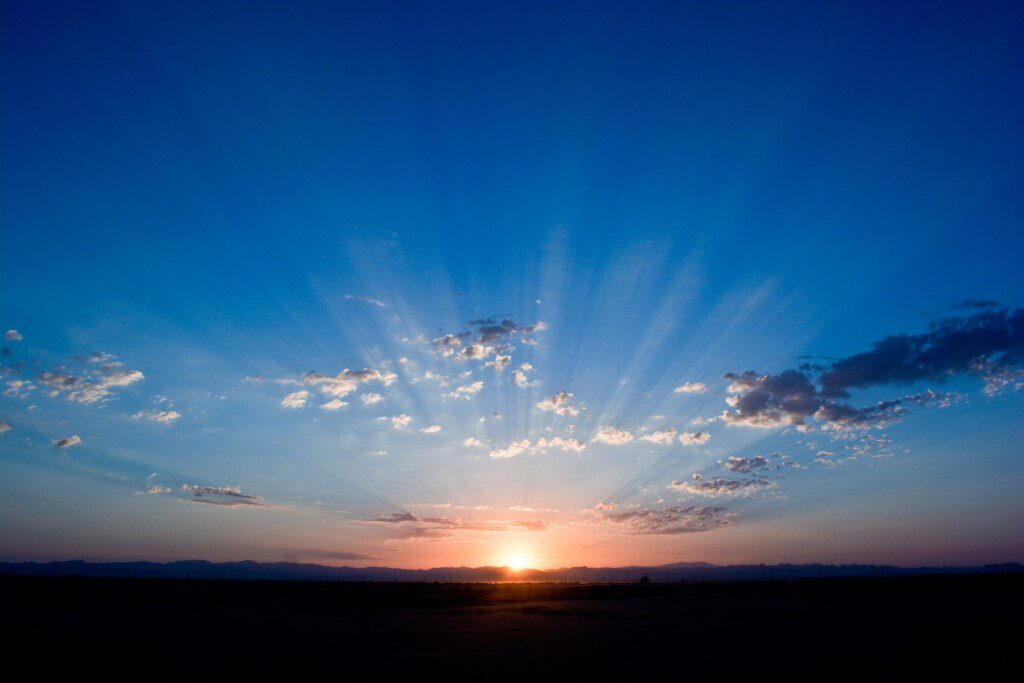
Every morning I wake up early to watch the sunrise. I watch the colors wash away the blackness of the night as they fill the sky with a bright burning fire. Every morning joy fills my heart as I walk outside and take a breath of fresh air. I look at the flowers, the green grass and the blue sky and am always amazed by how beautiful this life is. Every morning I remember that girl who felt so hopeless as Spain disappeared below her as she flew away. I remember the pain, the sadness, the loss, and I am thankful for it all. Because I realize now that I didn’t lose anything, rather, I gained so much. I gained the opportunity to live and I am beyond thankful for that opportunity because what a beautiful world this is. I am no longer sad about losing my life in Spain because I know that when I return to complete my studies, I will feel great and be able to build something even better than what I had before. They say you don’t know what you have until it’s gone. When I was laying in bed dying I realized what an amazing life I was missing out on. Now that I am better, I realize what an amazing life I have been given.
Please consider making a donation to RSDSA today!
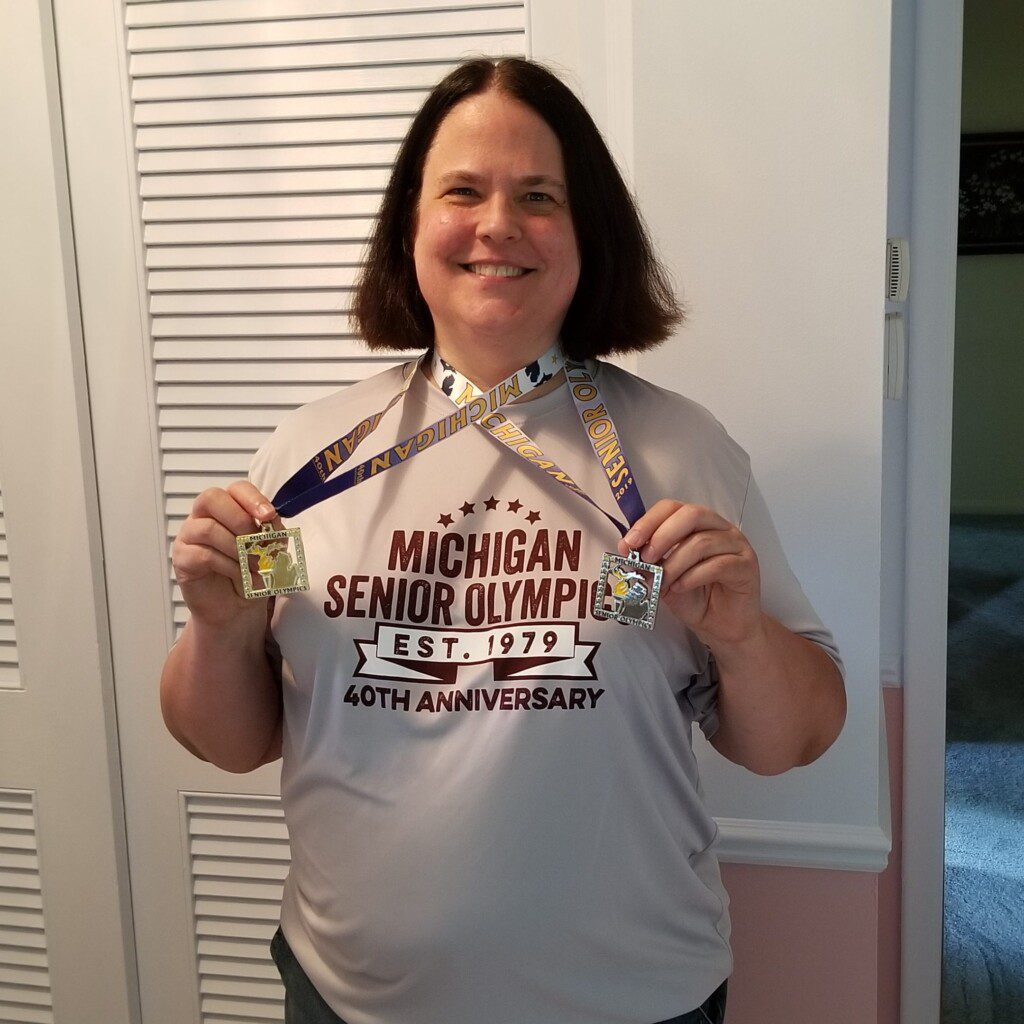



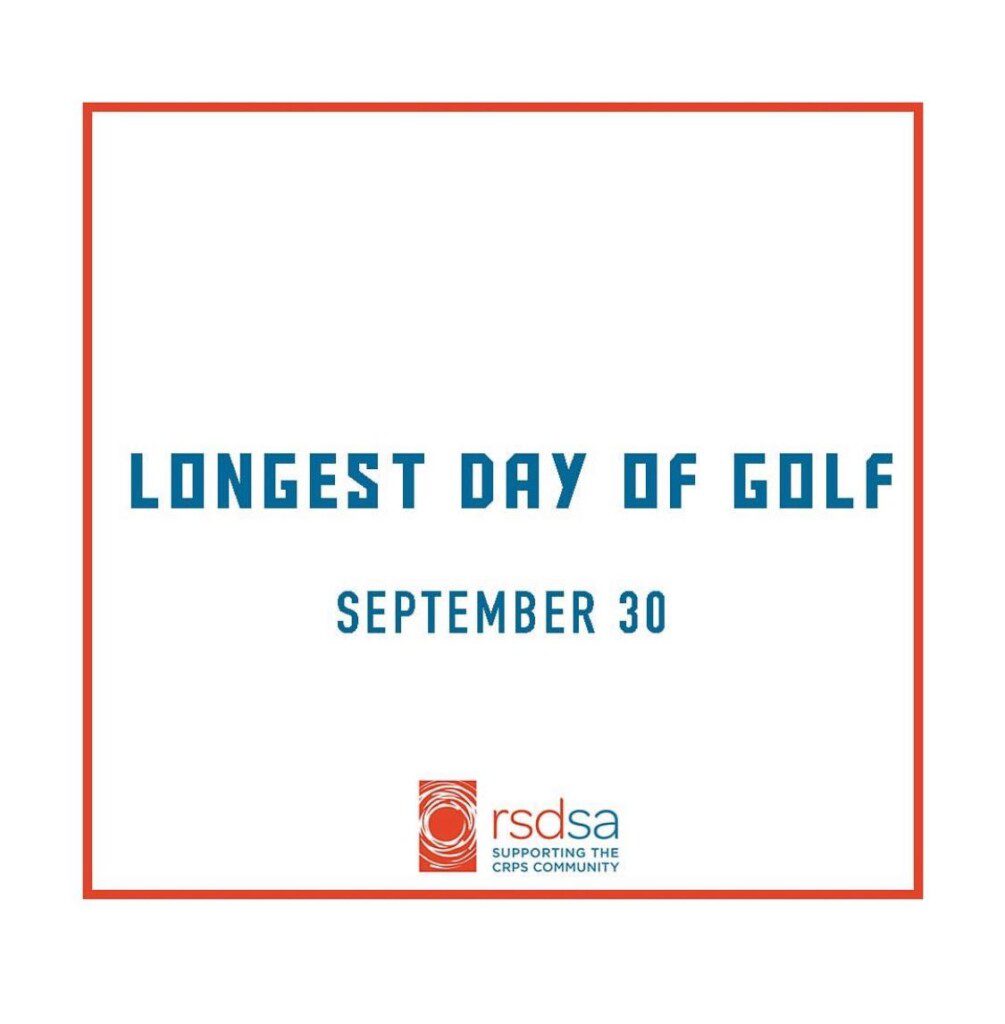 Have you heard? RSDSA’s 2019 Longest Day of Golf (LDOG) event will take place on Sunday, September 30th!
Have you heard? RSDSA’s 2019 Longest Day of Golf (LDOG) event will take place on Sunday, September 30th!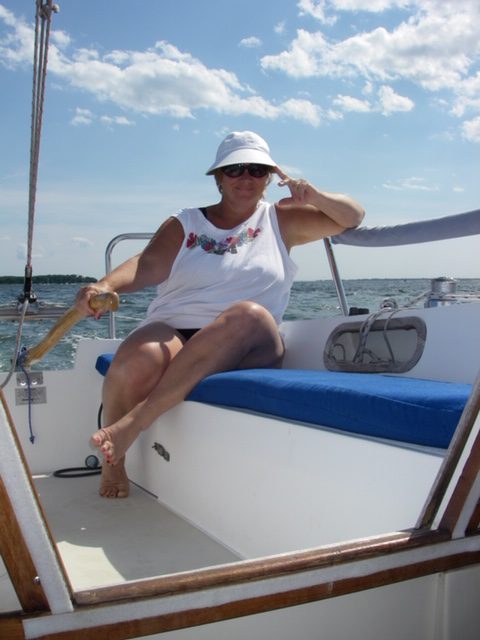
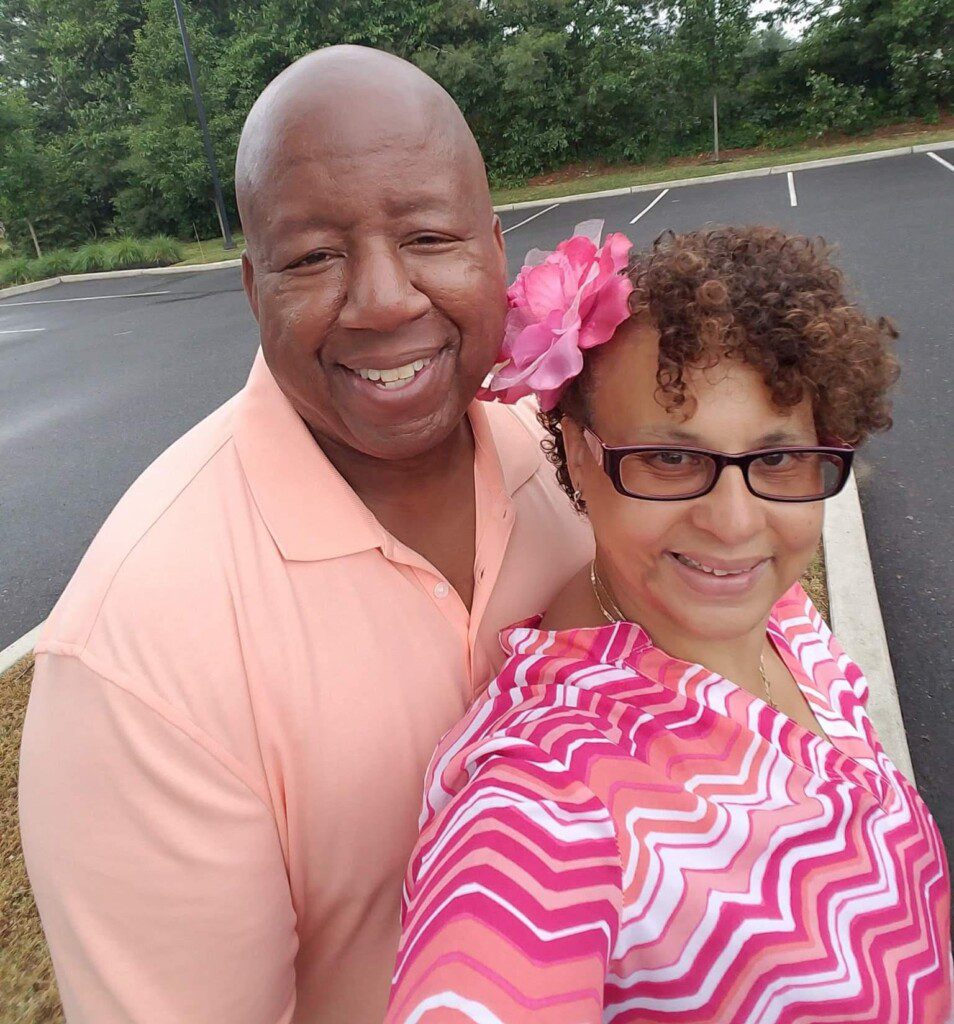
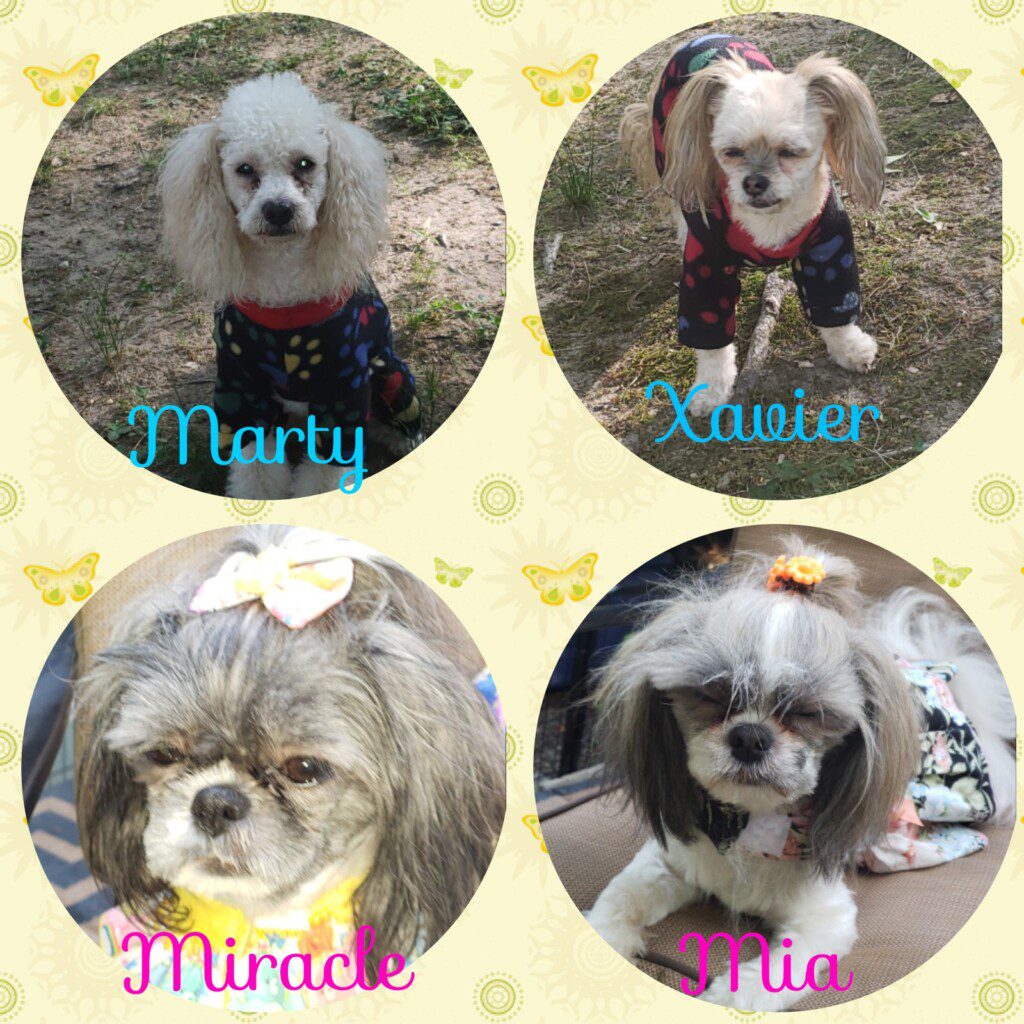 I know if I walk too much, even with my cane, I will still hurt. My leg hurts if it rains, and if it is cold outside, it gets cold quicker then the rest of my body. I cannot stand still for a long time, and I am very restless at night, so many times I find myself sleeping during the day. I have had injections to help with the pain and I try to relax when I can. I have four of the best encouragers outside of my husband and, thankfully, he is so understanding. My best pain relief (do not laugh!), but my Marty knows when I hurt and he ever so gently massages my ankle with warm licks.
I know if I walk too much, even with my cane, I will still hurt. My leg hurts if it rains, and if it is cold outside, it gets cold quicker then the rest of my body. I cannot stand still for a long time, and I am very restless at night, so many times I find myself sleeping during the day. I have had injections to help with the pain and I try to relax when I can. I have four of the best encouragers outside of my husband and, thankfully, he is so understanding. My best pain relief (do not laugh!), but my Marty knows when I hurt and he ever so gently massages my ankle with warm licks. I wish that people understood that just because I may look like I am fine, I am not. I wish they knew what I did to be able to do what is easy to them, like walk up the steps or walking from the parking lot to the building. I wish they would realize how much we lose with this diagnosis. I wanted to do competitive body building, but cannot because I cannot train my legs because of pain. I can no longer dance, run or walk. Ultimately, I miss life before CRPS. I also wish non-CRPS Warriors would stop making mean comments. I would not wish one day in my life on my worst enemy
I wish that people understood that just because I may look like I am fine, I am not. I wish they knew what I did to be able to do what is easy to them, like walk up the steps or walking from the parking lot to the building. I wish they would realize how much we lose with this diagnosis. I wanted to do competitive body building, but cannot because I cannot train my legs because of pain. I can no longer dance, run or walk. Ultimately, I miss life before CRPS. I also wish non-CRPS Warriors would stop making mean comments. I would not wish one day in my life on my worst enemy



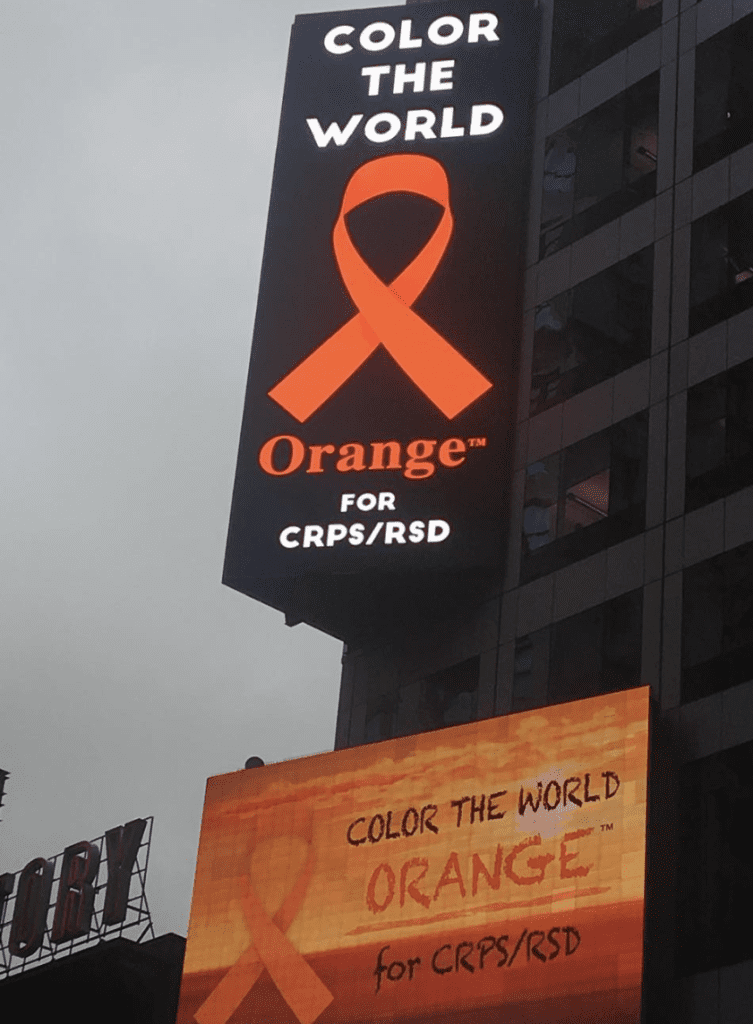 Buildings, bridges, and landmarks around the world including Niagara Falls, the Duke Energy Center in Charlotte, North Carolina, the Calgary Tower in Calgary, Canada, the CN Tower in Toronto, Canada, the Blackpool Tower in Blackpool, England and many more will be lit orange on November 4th! In addition, U.S. politicians have granted proclamations recognizing Color The World Orange Day and November as CRPS/RSD Awareness Month.
Buildings, bridges, and landmarks around the world including Niagara Falls, the Duke Energy Center in Charlotte, North Carolina, the Calgary Tower in Calgary, Canada, the CN Tower in Toronto, Canada, the Blackpool Tower in Blackpool, England and many more will be lit orange on November 4th! In addition, U.S. politicians have granted proclamations recognizing Color The World Orange Day and November as CRPS/RSD Awareness Month. What is your name and title?
What is your name and title?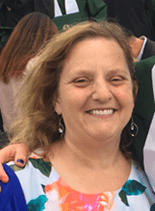 What is your name and title?
What is your name and title?

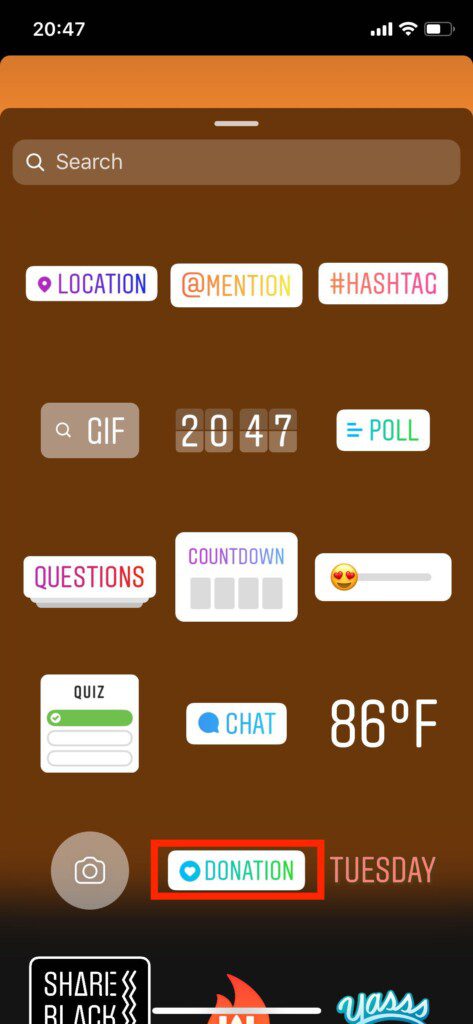


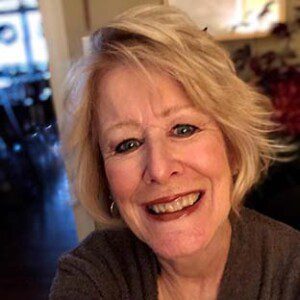 What is your name and title?
What is your name and title?